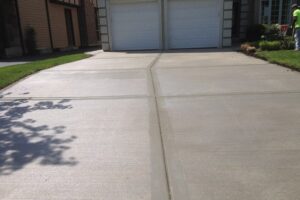You may already have a list of things you want in your home. Maybe you want a brick house, you want to have an open-concept layout, and you’re looking for an updated kitchen. You may even know what color you want the interior walls to be and how you’re going to decorate. There’s just one question left to ask: How big does that house have to be?
Must Read About Knockdown Rebuilding and Why It Is Better than Home Renovation

Table of Contents
Changing Trends
For a long time, family homes across the United States kept growing. For instance, back in 1974, the average house was only 1,695 square feet. Fast forward to 2014, and the average house had shot up to 2,629 square feet. However, these trends are not always solid. In 2015, experts noticed that the average size had fallen for the first time in a decade, dropping to 2,343 square feet.
Start with the Basics
The best way to decide how big the house should be is to start with the biggest must-have in any family home: Bedrooms. If you have two kids and you would like to have a guest room or an office, along with separate rooms for the kids, you need a minimum of four bedrooms. If your kids will share or you’re willing to forgo the guest room, you get down to the average three-bedroom house.
From there, the square footage just tells you how spacious it will be. If you want the home to feel roomy, a 1,400-square-foot home may not be right, while a 2,300-square-foot house may be great–even if both have the same amount of bedrooms.
The Impact of the Floor Plan
You often pay for houses based on the raw square footage, so it’s important to know how that impacts what you can buy. As you look for more Interior design ideas remember that the type of floor plan you choose makes a big difference. An open floor plan, with flowing design and no interior walls, may feel far bigger than a traditional floor plan, with walls between every space, even if the home with the open floor plan is technically smaller and costs less.
Space You Can Upgrade
Finally, look at homes with additional space that you can use once you own the house. For example, a three-bedroom home may seem a bit small until you see that renovating the attic or the basement can give you a guest room and an office for just a small investment, increasing the size and value of the house.




